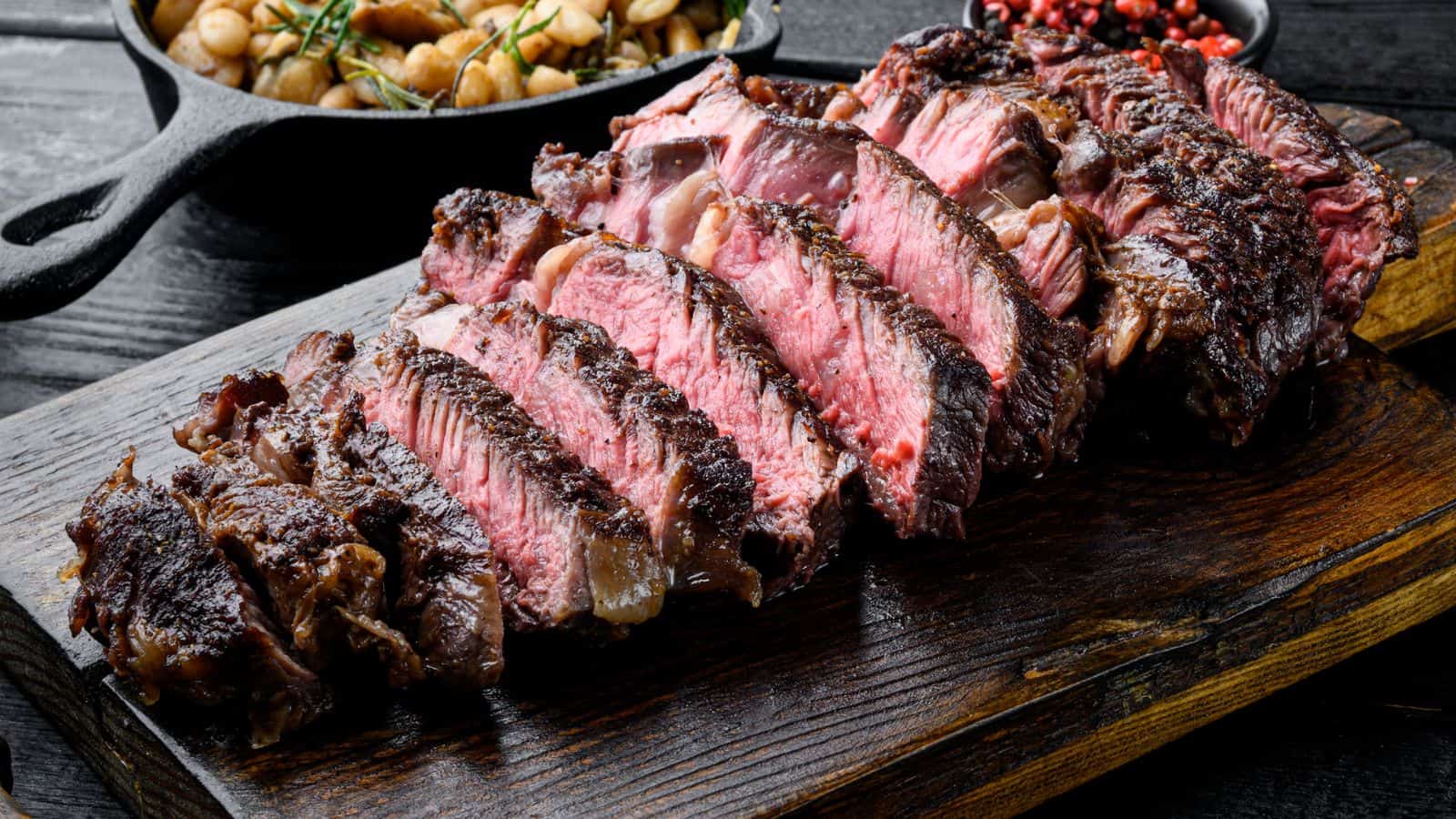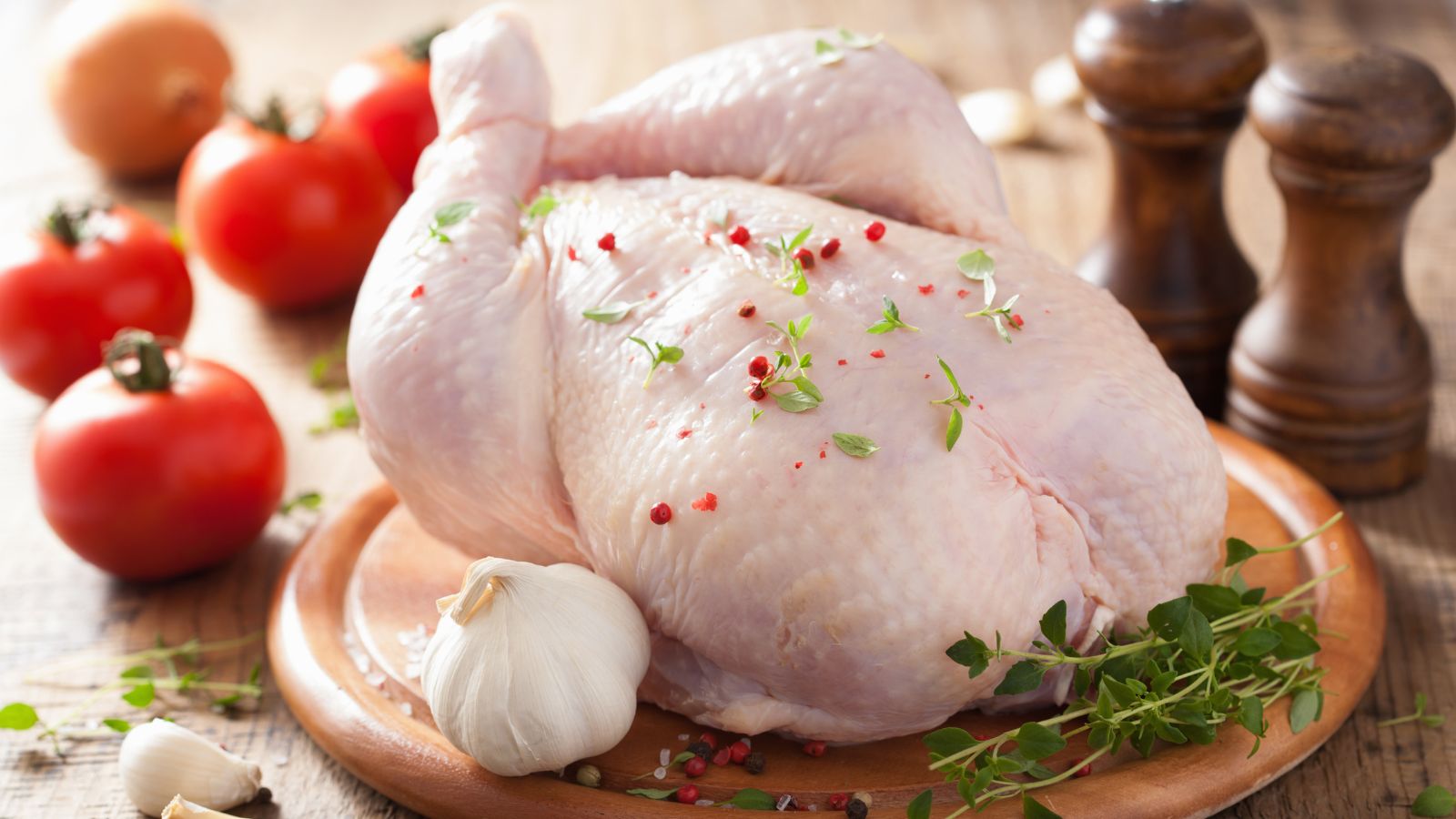Grocery shopping has become increasingly challenging for budget-conscious households as prices continue to climb. Many staple items that were once reasonably priced are now edging beyond reach, forcing shoppers to choose between less expensive alternatives or buying smaller quantities. This article examines a list of everyday foods that have seen significant price hikes, turning basic groceries into near luxuries for many families.
Fresh Produce

The cost of fruit and vegetables constantly fluctuates with the seasons, but the overall trend has been a steady rise over the past few years. Extreme weather events, transportation issues, and labor shortages are all factors, leading many people to depend on their own gardens for genuinely fresh fruits and vegetables.
Bread

What can be more of an everyday staple than bread? Unfortunately, the price of this essential food item has increased by 12% since 2019. The war in Ukraine, a major wheat producer, has significantly impacted global wheat supplies, driving up prices for all grains, especially corn and wheat-based products like bread.
Coffee

Coffee lovers are switching to cheaper brands or drinking less of their favorite stimulant, as prices have risen by 11% since 2019. Extreme weather is partially to blame. The Ethicalist states that “droughts in Brazil, frost in Colombia, and heavy rains in Central America” have decimated coffee harvests, while increased transportation costs are also an issue.
Cooking Oils

Cooking oils, like vegetable and canola oil, are essential for most home cooking, yet they have seen a 30% increase in price in recent years. As with other vegetable and grain products, the war in Ukraine has had an impact, causing global concerns about sunflower oil supplies that have resulted in stockpiling and price hikes.
Canned Goods

Canned goods, like beans, soups, and canned vegetables, have long been regarded as among the most affordable grocery items, being both cheap and long-lasting (reducing waste). Yet, after recent price increases, some of the poorest households can no longer afford canned goods. Rising production costs and global supply chain issues are contributing factors.
Cereals

According to NBC News, demand is not the leading cause of rising cereal costs. As elevated grain and sugar costs forced prices up, shoppers stopped buying their favorite cereals, forcing manufacturers to increase the price further to mitigate their losses, while increased production and packaging costs also had an effect.
Spices

Although never a cheap item per pound, the small quantities of spices required to add flavor to a meal make them a cupboard staple in every British home. Unfortunately, their prices have been steadily rising, with some, like turmeric, experiencing a 25% price hike in the past few years, primarily due to increased demand and supply chain issues.
Frozen Food

The freezer aisle used to be a convenient and affordable place to shop for groceries, but frozen food has risen in price by around 10% in the past five years. The rising costs of ingredients used (like fish, wheat, and vegetables) are the leading cause, although increased packaging and energy costs haven’t helped either.
Sugar

A ubiquitous food item used in almost every home for baking or sweetening, prices have recently seen a great deal of fluctuation. Unfortunately, the overall trend has been up by approximately 15% since 2019. Weather events impacting sugar beet crops and disruptions to global trade (such as the pandemic restrictions) have made both production and distribution more expensive.
Soft Drinks

The price of soft drinks, especially branded carbonated beverages like Coca-Cola, has increased staggeringly in recent years. The reason behind it is simple capitalistic greed—drink companies have strong customer loyalty, little competition, and an almost addictive, long-lived product, so they raise prices because they can.
Pasta

The global decline in grain production as a result of the war in Ukraine has also impacted wheat flour pasta prices. Despite being long-lived and easy to transport, pasta prices have skyrocketed, prompting emergency discussions in Italy! Massive rises in labor costs and ongoing supply chain issues are also thought to be contributing.
Nuts and Seeds

Almonds, walnuts, and other nuts and seeds are over 20% more expensive now than they were five years ago. While nuts have never exactly been the cheapest grocery item, recent droughts in California, a major producer of nuts, and increasing global demand have contributed to a significant price hike beyond expected inflation.
Chocolate

The National Post writes, “Cocoa prices are at an all-time high. Poor harvests due to extreme weather, pests, and disease in Ghana and the Ivory Coast, which produce most of the world’s cocoa, have hurt supply.” Such factors have now made the nation’s favorite sweet treat prohibitively expensive for some.
Chips

Although all types and brands of potato chips have dramatically increased in price lately, the most well-known brands are particularly unaffordable now. The blame lies squarely with the pandemic—consumers bought quick, comforting foods like chips regardless of costs, pushing prices up and resulting in the high demand/low supply situation we’re in now.
Beef

According to The Hill, “beef and veal prices are up 7.7% compared to January 2023. More specifically, ground beef is up 5.5%, beef roasts 6.7%, and beef steaks are up 10.7%.” Since 2019, beef products have increased in price by a staggering 36% overall, largely due to reduced herd sizes, pandemic-related production disruptions, and rising demand, especially in China.
Chicken

With beef so expensive, the demand for chicken has increased, pushing prices up. As well as pandemic-related supply chain issues and increased demand, poultry farmers have struggled with the impact of the avian flu.
Eggs

According to CNBC, the cost of eggs rose by an alarming 70% from 2022 to 2023. Despite being regarded as a food staple, demand has outstripped supply. An outbreak of avian influenza in early 2022 led to the culling of millions of egg-laying chickens, while the Ukrainian war has forced corn prices up, increasing the cost of poultry feed.
Milk

With a sharp increase in the cost of milk, all dairy products (cheese, cream, yogurt, etc.) have seen price increases ranging from 10% to 15% in recent years. Increased demand for dairy from emerging economies is partially to blame, but rising production costs and increases in feed and fuel prices are also having an impact.
Rice

This versatile and previously affordable grain remains low cost compared to many grocery items, but it is no longer the unbeatably cheap carbohydrate option it once was! Disruptions in global supply chains, volatile weather conditions, and rising production and transportation costs have increased prices by at least 10%.

